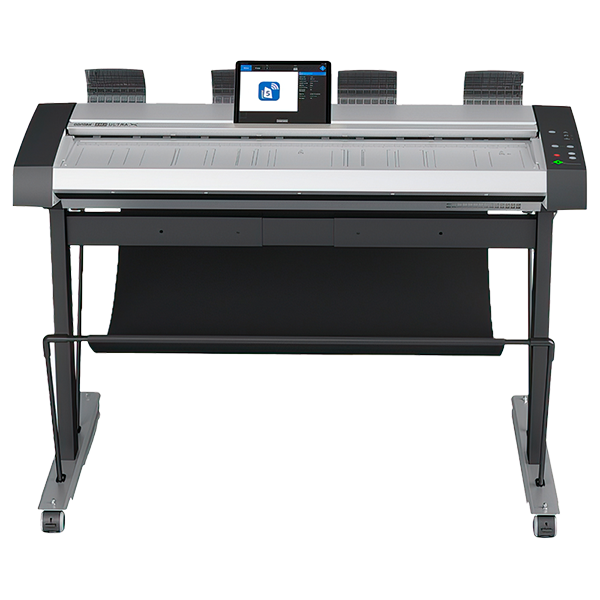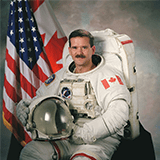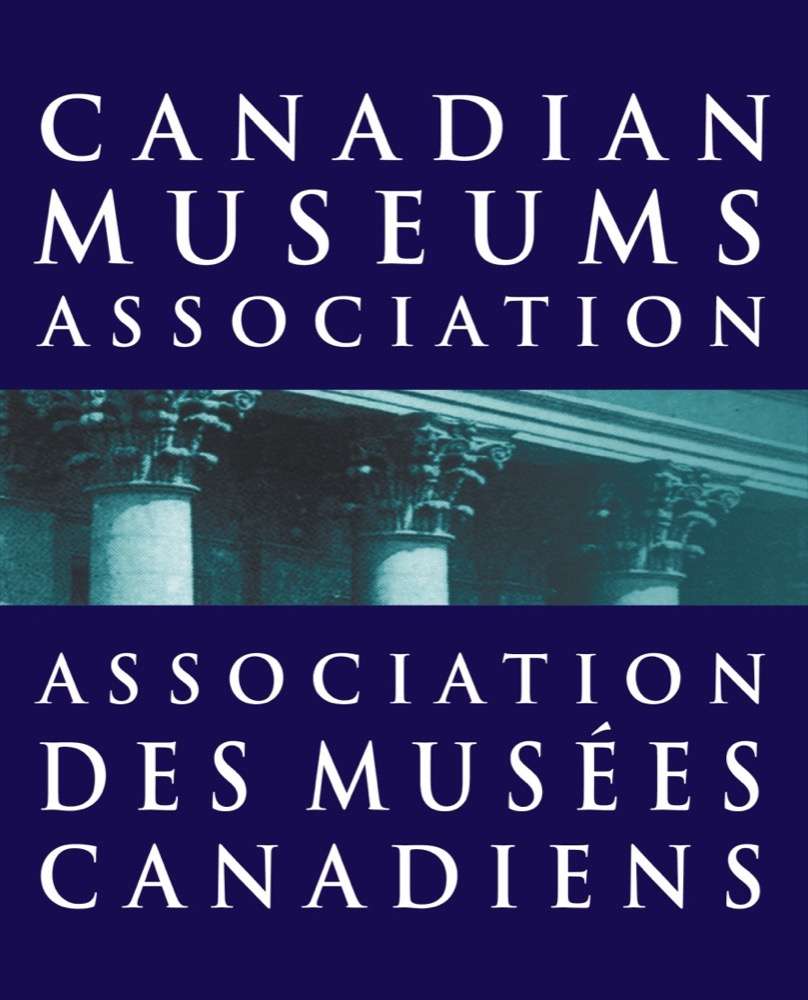Large Format Scanning is the ideal solution for scanning Blueprints, Newspapers, Architectural Drawings, Large Photos, Posters and for digitizing large documents etc.
Scanning blueprints, architectural drawings, and other large format documents offers numerous benefits and is increasingly important in today's digital age. Here are some key reasons why it is crucial to embrace large format scanning and digitization for these types of documents:
Preservation and Protection: Large format documents, such as blueprints and architectural drawings, are often delicate and susceptible to damage or degradation over time. By scanning and digitizing these large documents, you can safeguard their content from physical wear, tear, or loss due to unforeseen events like natural disasters or accidents. Digital files can be stored securely and backed up, ensuring their long-term preservation.
Enhanced Accessibility and Collaboration: Digital versions of large format documents enable easy and immediate access to their content from any location. Instead of physically retrieving and transporting bulky drawings or blueprints, stakeholders can conveniently view, share, and collaborate on these files remotely. This fosters seamless communication, accelerates decision-making processes, and promotes efficient collaboration among team members, architects, engineers, and clients.
Efficient Document Management: Scanning and digitization streamline document management processes by eliminating the need for manual sorting, filing, and searching through physical archives. With digital files, you can quickly search for specific information, utilize metadata for organization, and implement indexing or tagging systems. This saves significant time and effort, leading to improved productivity and workflow efficiency.
Space Optimization: Traditional storage of large format documents can occupy substantial physical space, making it costly and challenging to manage extensive collections. By scanning these large documents, you can free up valuable real estate and repurpose it for other productive uses. Digital files can be stored on secure servers or in the cloud, reducing the need for physical storage while maximizing space utilization.
Easy Reproduction and Distribution: Digitized large format documents can be easily reproduced and shared with stakeholders. Whether it's making additional copies for multiple parties or distributing files electronically, the process becomes quick and hassle-free. This facilitates effective communication, reduces printing costs, and ensures that all relevant parties have access to the same accurate information.
Scanning large documents such as blueprints, architectural drawings, and other large format documents offers convenience, accessibility, protection, and efficiency in document management, collaboration, and archival processes. Embracing large document scanning and digitization is a strategic move towards enhancing productivity, accuracy, and the seamless flow of information in various industries and professions.



































